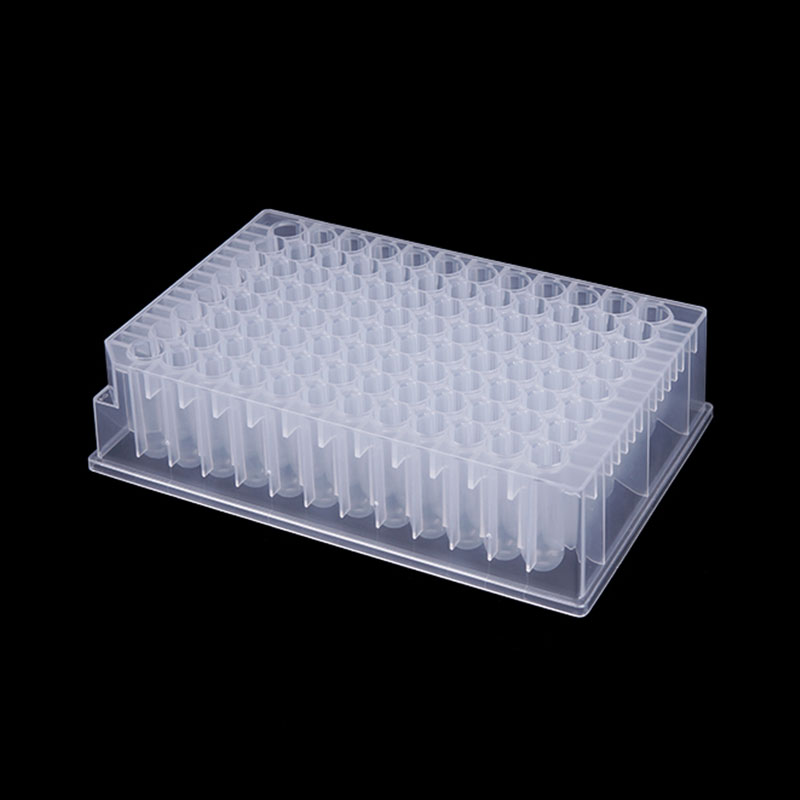Reusable or Disposable? Exploring the Versatility of Deep Well Plates
2023-11-06
Deep well plates, including the popular 1.2ml round U-bottom design, are indispensable tools in laboratory research. They come in various forms and serve multiple functions, from sample storage to high-throughput screening. One common question that arises is whether these plates are designed for single-use or can be sterilized and reused multiple times. In this blog, we will explore the versatility of deep well plates and the factors that determine whether they can be reused.
The Role of Deep Well Plates
Deep well plates are workhorses in the laboratory. They provide a convenient and organized way to store samples, reagents, and cultures, as well as facilitate various assays and experiments. The decision of whether to use them as single-use or reusable depends on several factors.
Single-Use Deep Well Plates:
1. Material: Some deep well plates are made from materials that may not withstand multiple rounds of sterilization or reuse. For example, polystyrene deep well plates are generally more prone to damage when subjected to autoclaving or other sterilization methods.
2. Sterility: Many deep well plates are manufactured and packaged under sterile conditions. Once the packaging is opened, the sterility may be compromised, making them more suitable for single-use applications. Reusing a non-sterile plate for sensitive experiments can introduce contamination.
3. Cost: Deep well plates are often cost-effective, making them readily available for single-use applications without incurring a significant financial burden.
4. High-Throughput Screening: In high-throughput screening scenarios where thousands of samples are processed, single-use plates are common. They eliminate the need for extensive washing and sterilization, streamlining the workflow.
Reusable Deep Well Plates:
1. Material: Deep well plates made from durable materials like polypropylene are more likely to be reusable. These materials can withstand multiple rounds of sterilization without significant degradation.
2. Autoclavable: Plates that can be autoclaved are more suitable for reuse. Autoclaving is a reliable method for sterilizing laboratory equipment, and plates designed for this purpose can be used multiple times.
3. Environmental Considerations: Reusable plates are a more sustainable choice, as they reduce plastic waste and lower the overall environmental footprint of laboratory work.
4. Versatility: Some deep well plates are designed with features that make them suitable for reuse, such as screw caps or silicone mats that provide an airtight seal.
Key Considerations:
- Compatibility: Always consider the compatibility of the deep well plate with your intended sterilization method. Not all plates are suitable for all types of sterilization.
- Manufacturer Guidelines: Follow the manufacturer's recommendations for the specific plate you are using, as they will provide guidance on whether it is intended for single-use or reuse.
- Labeling: Properly label and document each plate if you intend to reuse it to avoid confusion and contamination.
Conclusion
The versatility of deep well plates allows for both single-use and reusable applications, depending on the plate's material, design, and intended use. The choice between single-use and reusable deep well plates should be made based on your specific experimental requirements, cost considerations, and environmental concerns. By carefully assessing these factors and following manufacturer guidelines, you can make an informed decision that ensures the success of your research while maintaining best practices for sustainability and efficiency in the laboratory.



